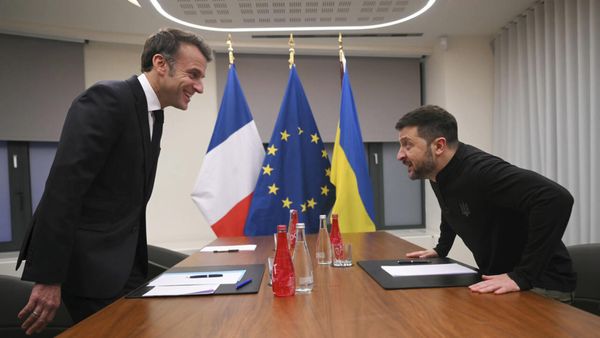
He may not be the first cat in space – that honour goes to a French feline named Félicette in 1963 – but on Monday an orange tabby named Taters took an arguably bigger prize: first cat video in space.
Nasa sent a 15-second video of Taters in ultra-HD, which travelled almost 19m miles from a probe back to Earth.
Taters, who belongs to one of Nasa’s Jet Propulsion Laboratory (JPL) staffers, is chasing a laser pointer dot in the video – aptly enough given the video itself was sent by laser.
Tater’s 15 seconds of fame was actually a Nasa experiment designed to help test the possibility of sending streaming video through deep space, for the days when humans eventually travel outside Earth’s orbit.
We just streamed the first ultra-HD video brought to you via laser from deep space. And it’s a video of Taters, a tabby cat.
— NASA (@NASA) December 19, 2023
This test will pave the way for high-data-rate communications in support of the next giant leap: sending humans to Mars. https://t.co/tf2hWxaHWO pic.twitter.com/c1FwybYsxA
The agency’s Deep Space Optical Communications team added the Taters video to the Psyche probe, which set off in October on a six-year mission to visit an asteroid. On 11 December, it sent the video back to Earth.
“One of the goals is to demonstrate the ability to transmit broadband video across millions of miles,” Bill Klipstein, the tech demo’s project manager at JPL, told CBS. “Nothing on Psyche generates video data, so we usually send packets of randomly generated test data.
“But to make this significant event more memorable, we decided to work with designers at JPL to create a fun video.”
Despite being a journey of more than 80 times the distance between the Earth and the moon, the Taters transmission took just 101 seconds. That’s faster than most broadband internet on Earth.
Nasa called it a historic milestone, with its deputy administrator, Pam Melroy, saying in a statement: “Increasing our bandwidth is essential to achieving our future exploration and science goals, and we look forward to the continued advancement of this technology and the transformation of how we communicate during future interplanetary missions.”







